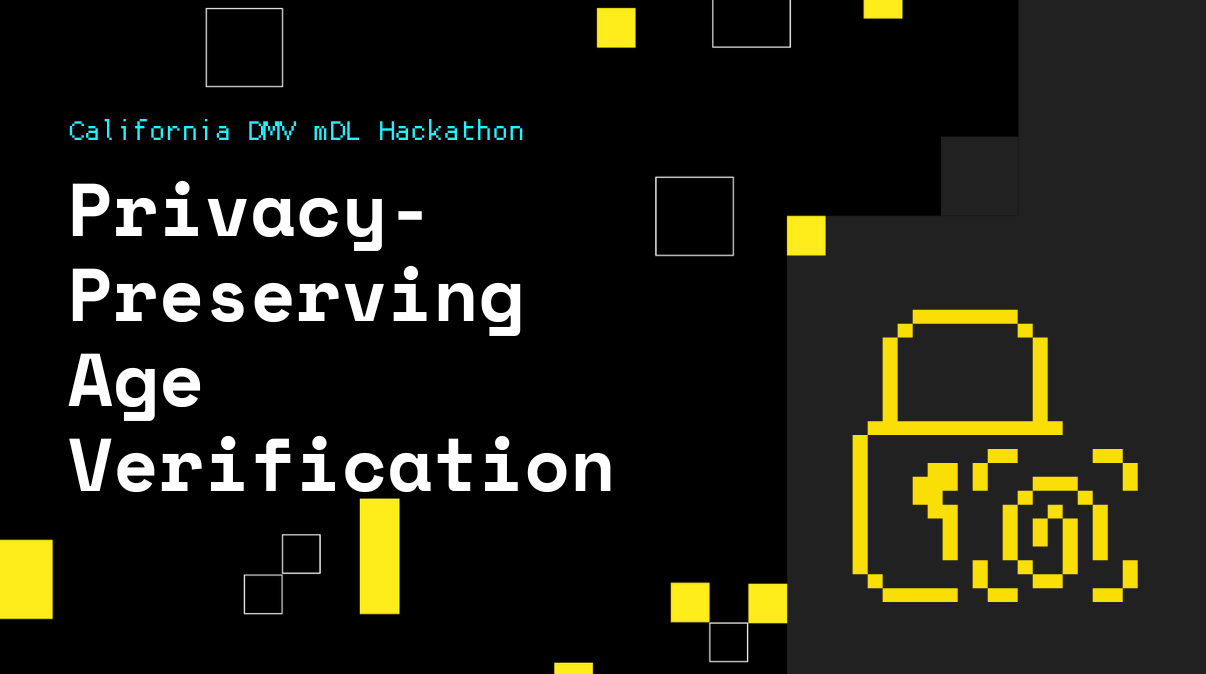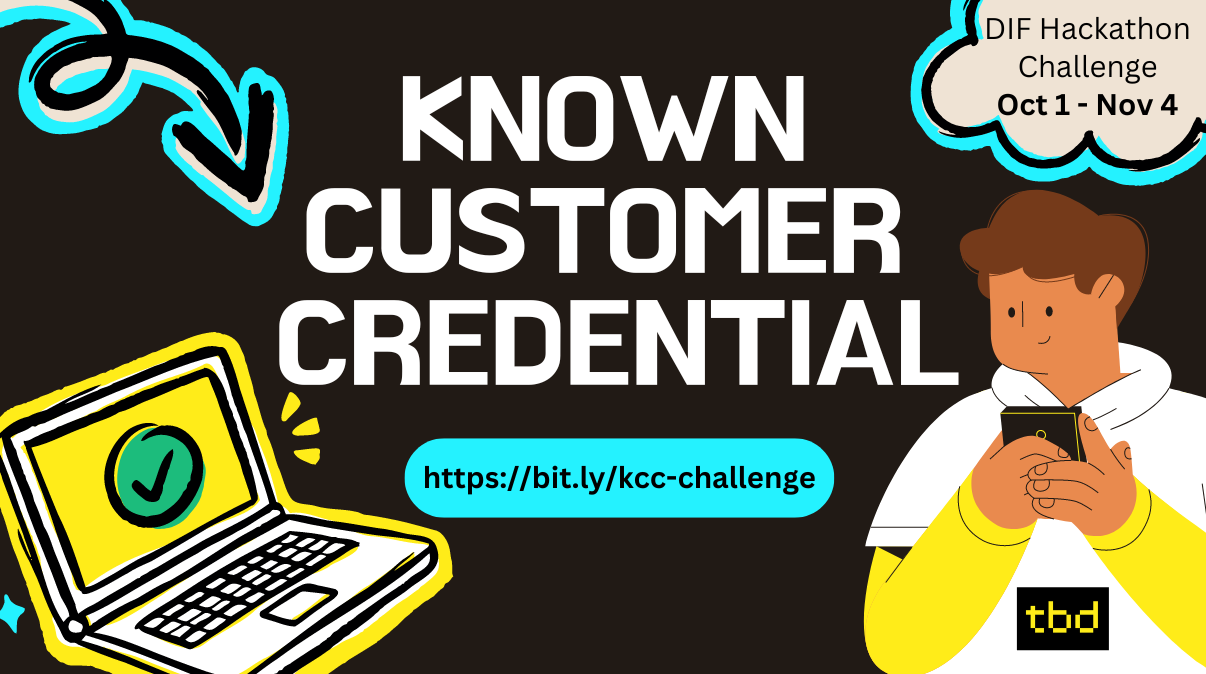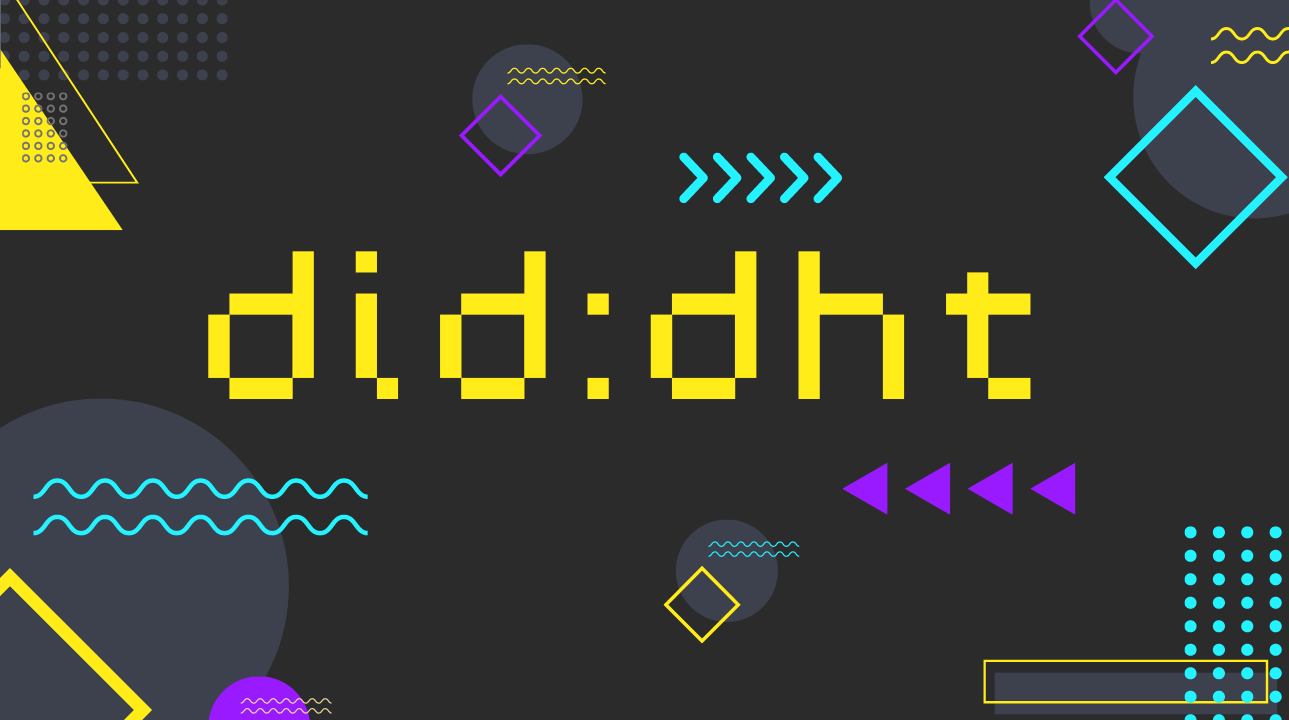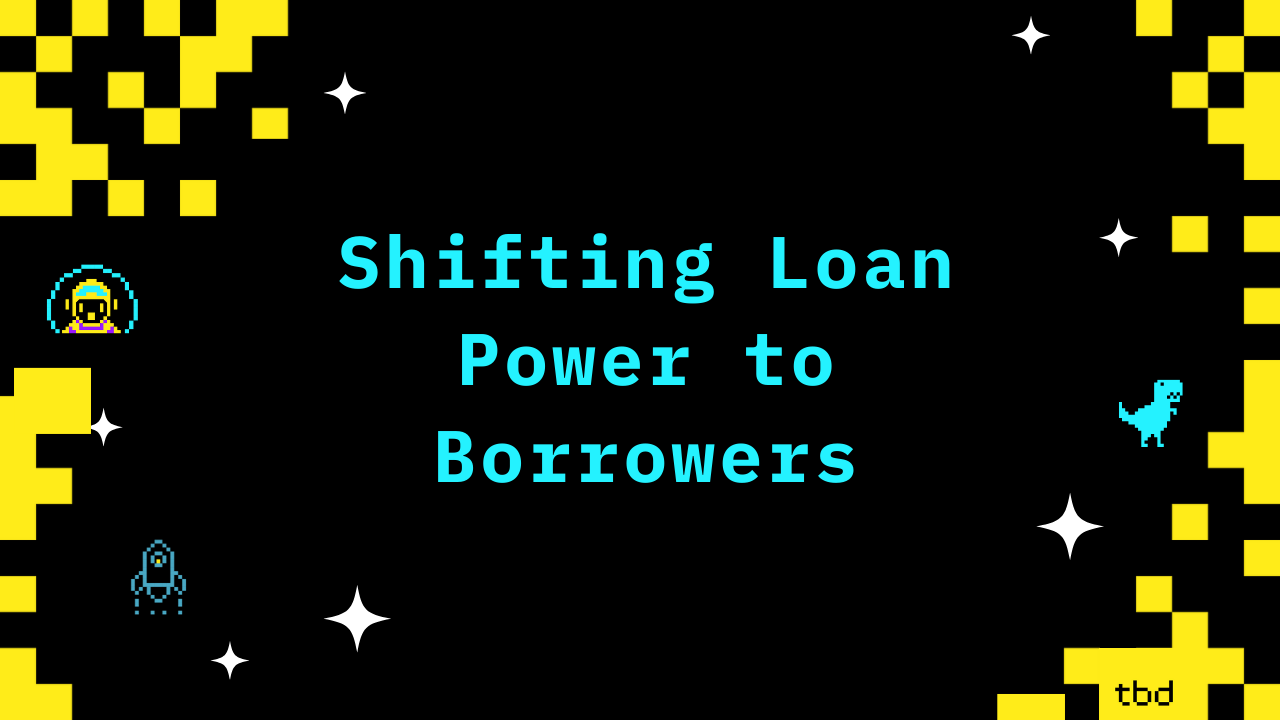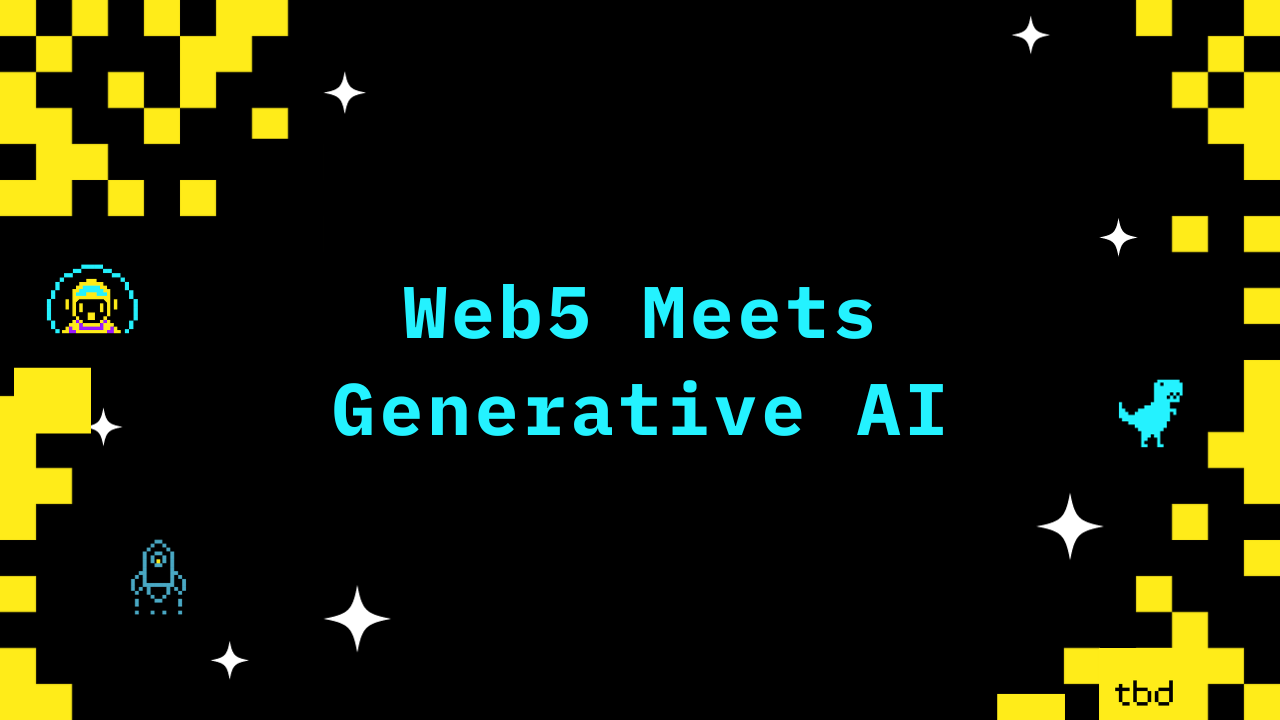Why Broken Links Are Costing You Brand Deals (And How to Fix It)

Have you ever watched a creator’s video and thought, "Where did she get that top?" or "I need that protein powder"? You scroll through the comments, only to see the infamous "link in my bio" comment. You rush to click the link, and you're hit with-page not found 😒. I remember once being so desperate that I took a screenshot of the item and reverse-searched it on Google Images. I found something similar but not what I wanted. SO frustrating. Eventually, I gave up and kept on scrolling.
